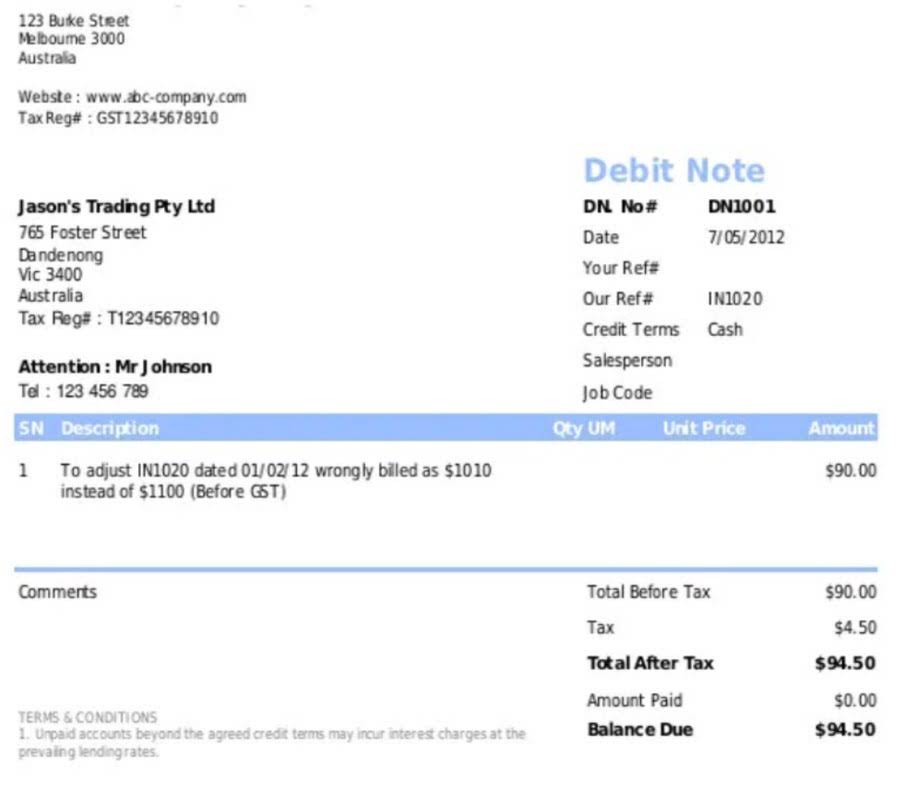
For each product, you’re working out how much its activity consumption costs. The traditional approach to fixed overhead absorption has the merit of being simple to calculate and apply. However, simplicity does not justify the production and use of information that might be wrong or misleading. For example, is there any reason why Deluxe units have to be produced in batches of only 100? Working on the principle that large cost savings are likely to be found in large cost elements, management’s attention will start to focus on how this cost could be reduced. In Table 1 in the spreadsheet above, we are given the budgeted marginal cost for two products.

Accounting Practices for Merchandising Companies
In contrast, for the luxury product, manufacturing overhead costs based on labor hours were higher when compared to the activity-based approach. When considering all relevant activities, overhead costs in manufacturing each product are actually less than that estimated by labor hours only. An activity is an event, task, or unit of work with a specific purpose, whether it be designing products, setting up machines, operating machines, or distributing products. Therefore, activity-based costing considers all the potential activities instead of relying on just one variable (for example, labor hours or machine hours). After carefully studying GAME Company, the consultant identified four unique activities.
- This simplistic approach can lead to inaccuracies, especially in organizations with a wide range of products consuming resources at different rates.
- For example, concentrate on the small 20% number of sources that account for 80% of inventory value or quality issues.
- In-depth insight into activity-based product costing allows businesses to establish prices that better align with the true production costs.
- They’ve used it to target indirect costs such as patient administration and facility management, leading to a clearer view of the true costs of various medical services and treatments.
- The rest fall into category Z, which includes the most unpredictable products with the highest demand variability.
- Implementing ABC can be time-consuming and resource-intensive due to the need for detailed data collection and analysis.
Process improvement

These activities include setup abc principle definition costs, quality inspections, and equipment maintenance. For instance, setting up machinery for a production run is a batch-level activity because the setup cost is incurred once for the entire batch, not for each individual unit. Understanding batch-level costs helps companies optimize batch sizes and reduce setup times, ultimately leading to more efficient production processes. With activity-based costing, product-focused businesses can get into the nitty-gritty details to better allocate expenses.

How can the ABC Principle help organizations achieve optimal procurement results?
While ABC analysis is primarily known as an inventory management technique, it also Accounts Receivable Outsourcing plays a valuable role in cost accounting. Both applications use the same classification framework but apply it differently to solve unique operational and financial challenges. This method shows you exactly where all overhead costs are being spent and what is causing them. As a business owner, you have the opportunity to analyse all of these specific costs and their drivers to see if efficiencies can be made. A useful broad perspective on this is – activities consume resources (and might be called ‘cost objects’ by your accountant); products, customers and manufacturing channels consume activities.

ABC Items Inventory Management Actions
- This lump of unallocated overhead costs must nevertheless be met by contributions from each of the products, but it is not as large as the overhead costs before ABC is employed.
- By breaking down key ABC terminologies and employing the methodology in cost management, organizations can obtain accurate data to make well-informed decisions that drive profitability and growth.
- Although an activity-based costing system gives you accurate production cost details, it can be difficult to implement.
- It involves classifying stock-keeping units according to a certain criterion, most often by their importance or consumption value, sometimes also by their utilization frequency.
- Although ABC classification is a relatively straightforward way to classify inventory, it is often considered overly simplistic and at times too rigid.
- In this scenario, sort products based on the total cost of each over a specified time.
Small businesses with simple processes might find the system overly complex and not cost-beneficial. Each business should assess whether ABC aligns with their specific costing needs. Then there’s the healthcare provider who used ABC to normal balance allocate indirect costs like administration and utilities more accurately to different services.
